Much like its predecessor, Citizen Sleeper 2 is an intergalactic RPG adventure that wants you to feel something. Even if that something is, according to creator Gareth Damian Martin, an unmitigated sense of stress and pressure. That’s where the dice come in, and this time, they come with added stakes.
“Dealing with a bad hand is a key part of the emotional experience of Citizen Sleeper – being in a tough spot and having the dice go against you,” explains Martin. “And [for the sequel] I thought: how can I push back?” Dice are everything in Citizen Sleeper, with roll probability in the original linked to one’s expendable energy. In the sequel, however, Martin is adding a new function that could be familiar to tabletop fans: a push-your-luck system, and with it, a refined digital take on pen-and-paper gameplay. The result? “It’s the most confident I’ve ever felt about a game.”
Odds and evens
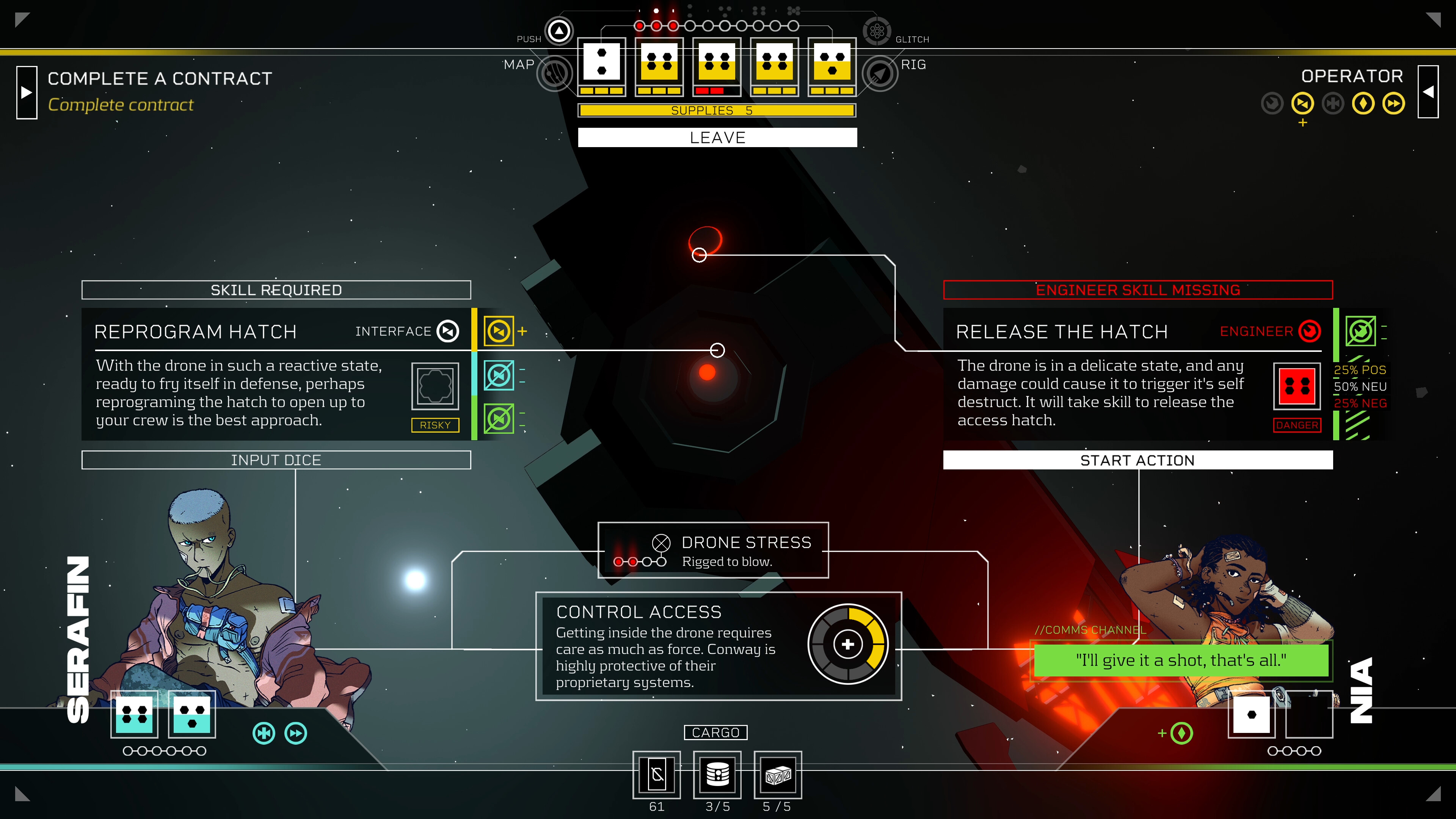
Citizen Sleeper 2: Starward Vector
Developer: Jump Over The Age
Publisher: Fellow Traveller
Platform(s): PS5, Nintendo Switch, Xbox Series X, PC
Release date: January 31, 2025
The new dice mechanic, which immediately brought to mind that of Alien RPG Building Better Worlds, is simple: “you can take on more stress, but you can give yourself an advantage, and that’s different depending on class.” Martin uses their favourite subclass – the tech-savvy Machinist – as an example of how your Sleeper’s chosen background will influence how stress can help or hinder you in a pinch, playing to your innate strengths for a chance to gain or lose the upper hand.
Push is not the only new system being implemented, but it’s one that speaks directly to Martin’s core vision for the RPG. “Citizen Sleeper 1 is really inspired by tabletop games, [so I wanted] to introduce ideas from tabletop that I think are really exciting that didn’t make it into [the first].” Deviating from Citizen Sleeper’s more “regular” shape of resource management, where energy wanes daily until the Sleeper uses a stabilizer injection, makes taking risk far more worthwhile.
“Decline is much less predictable,” explains Martin, “and how your body is going to respond – or how the dice are going to respond, which kind of really represents your body – is going to be really, really unpredictable throughout the game. The higher your stress gets, the more numbers on the dice when they’re rolled. They can cause damage to you,” Martin cautions, “but you might get away with having really high stress and rolling all your dice. If you get high rolls across the board, no damage.”
Back to basics
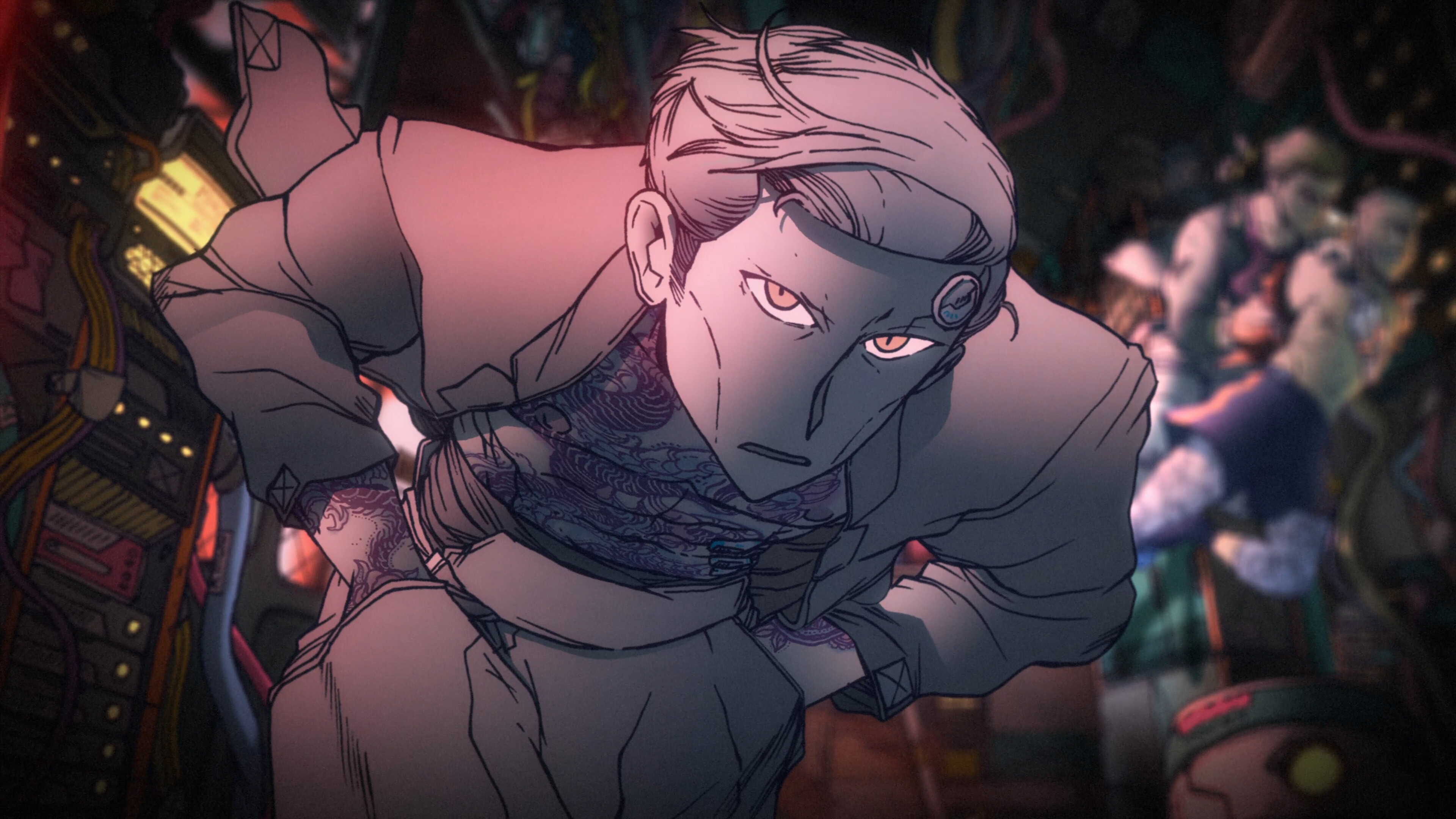
“I really like stories about characters who’re in a really difficult spot, and the way that they get through it is by improvising.”
Gareth Damian Martin
Implementing stress into an already mechanically-involved dice game sounds complex in itself, with the first game having been prototyped manually on pen and paper for that added TTRPG flourish. “I could actually prototype [the stress system] within Citizen Sleeper 1, which has been a really interesting process,” Martin laughs when I ask if they had to do the same thing all over again. “One of the things I did was literally just get five dice and just roll them and calculate, ‘oh, how quickly does a player spiral using this stress system?’ And then adjusting the stress, re-rolling the dice again, and seeing how it plays out. So it is something that could really quickly be understood just with physical dice and paper.”
The push system is just one example of how Martin is retooling, repurposing, and implementing their tabletop RPG functions to push Citizen Sleeper 2 to new creative heights. By using the form and flow of tabletop, Martin has created an interactive storytelling sandbox for players to shape as they go. Even choosing crewmates, based on character over power in the vein of Mass Effect 2, “becomes a narrative choice,” they explain. “It’s those kinds of choices in tabletop games. When a party of players might be like, ‘Oh, we, we love this NPC, they’re gonna join our party’ – that really affects the game.”
It all comes down to Citizen Sleeper 2 being a video game RPG that feels unmistakably tabletop, the player starting small and building themselves and their crew up over time to overcome hardships. “For me, I’m not a big superhero fan. I don’t like it when the main character of a story is someone who is really powerful and their victory is almost inevitable. I really like stories about characters who’re in a really difficult spot, and the way that they get through it is by improvising.” An example of one such underpowered hero fantasy, Martin offers, would be Indiana Jones. “There’s always a bigger guy than him, there’s always someone who could throw a bigger punch – but he somehow makes it through. He somehow is smarter than everybody, or luckier than everybody. You’re not really sure which.” Channelling that stroke-of-luck feeling seems to be what Citizen Sleeper 2 is all about. “I don’t think games offer that very often,” Martin finishes. “I also feel that dice is a good way of showing that.”
Check out the biggest video game release dates coming this year
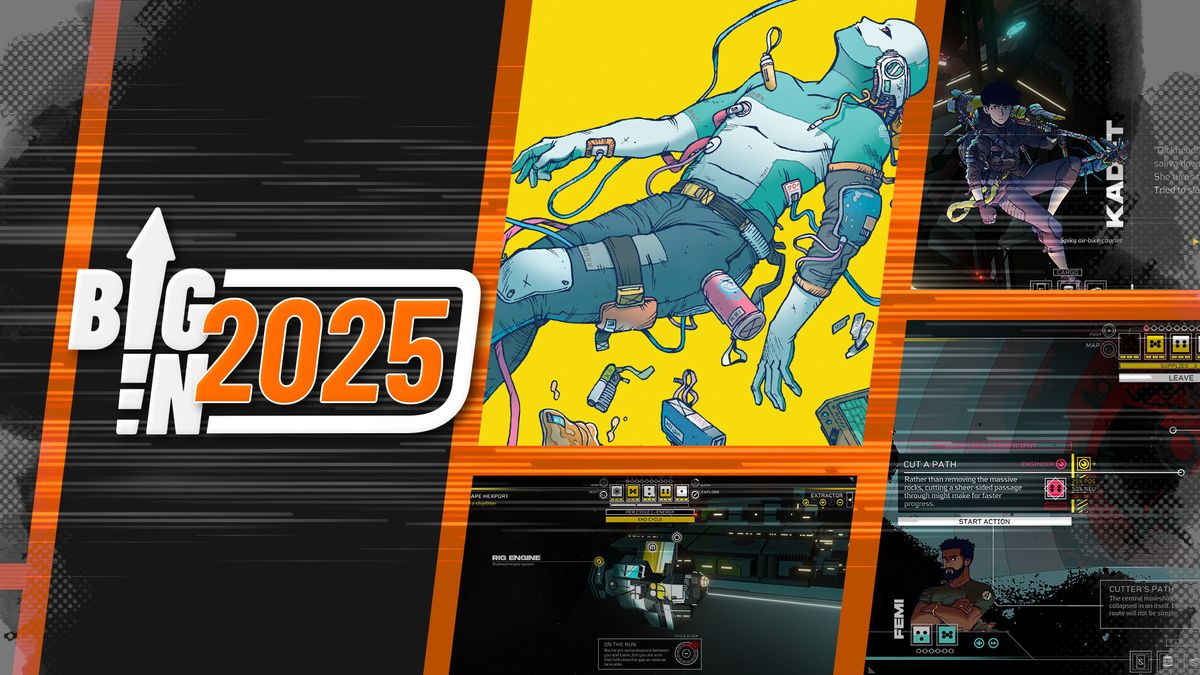

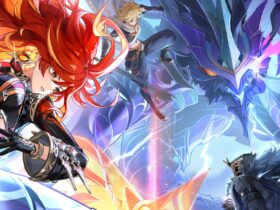

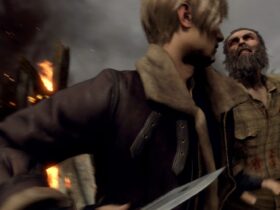

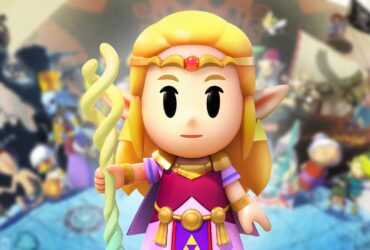
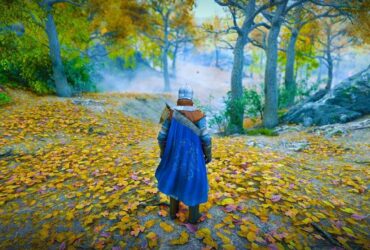
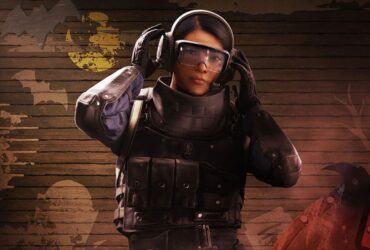


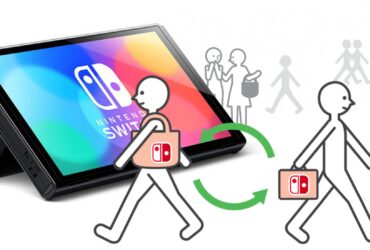
Leave a Reply